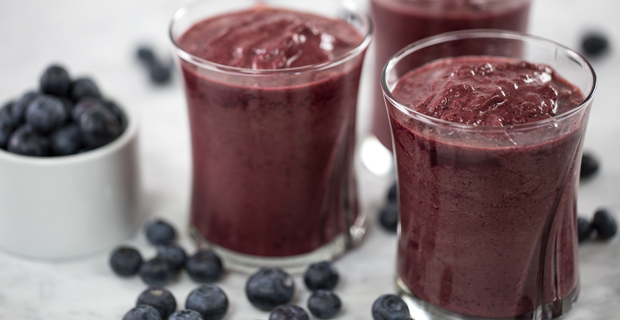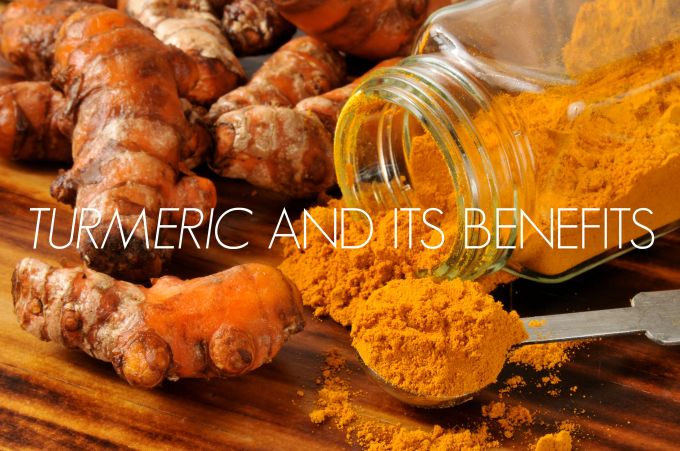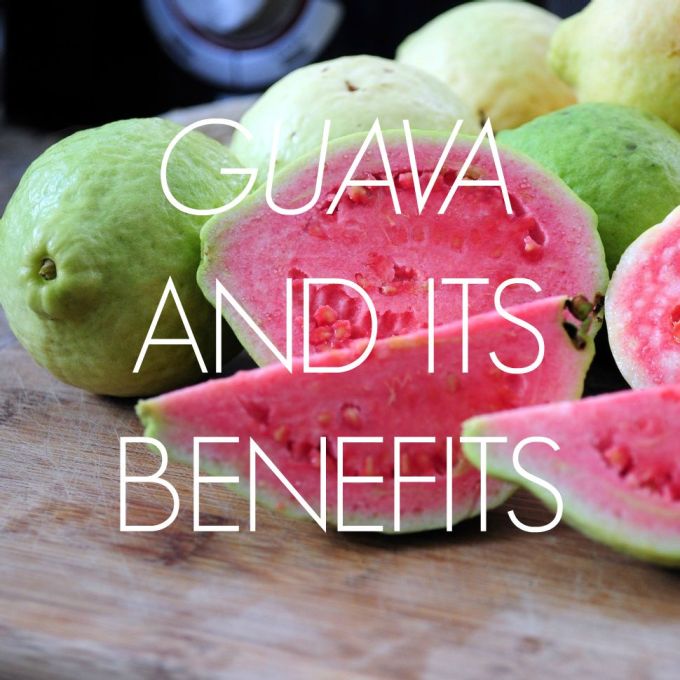Commonly found in the rain forests of the Amazon, Acai is an indigenous berry that is rich in antioxidants. It has been heralded for centuries as a healing, immune-stimulating, energy-boosting fruit. An out of the ordinary relative of the blueberry and cranberry, research has made known that this antioxidant-rich berry may be able to support in the prevention of diseases associated with oxidative damage, not to mention many other health benefits. And here is a list of its benefits.
• Research shows that acai berries are extremely high in anthocyanins, a form of plant antioxidant associated with the ability to lower cholesterol levels in the blood stream same in red wine. They are also rich in plant sterols that provide cardio-protective benefits to our cells by preventing blood clots, improving overall blood circulation, and relaxing the blood vessels.
• Scientists from the Federal University of Rio de Janeiro have exposed that consuming acai extract may help brawl against harmful organisms.
• Acai may help us not only lose weight, but maintain a healthy weight. One interesting study from the National Institutes of Aging found that pulp from the acai berry had the ability to reduce the negative effects of a high-fat diet in laboratory studies on flies. And this is why nutritionists consider it as a super food.
• At present, a lot of modern beauty products are carrying acai oil, again due to the oil’s high antioxidant content. Moreover, acai oil is a great natural option and alternative to chemical based skin-care products that harm the skin in the long-run.
• Consuming acai may also help in mainting the digestive system’s cleanliness and be in optimal function.
There are many hale and hearty berries that would be a big addition to your diet and acai berry is one of the healthiest berries you will ever find.
Photo from: Tumblr









